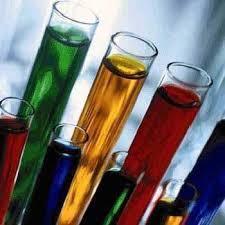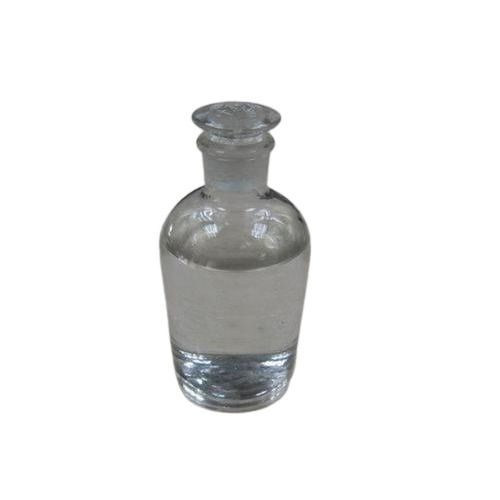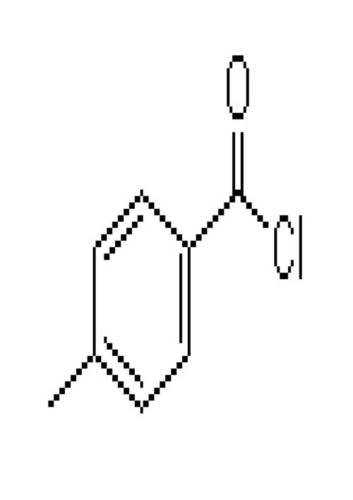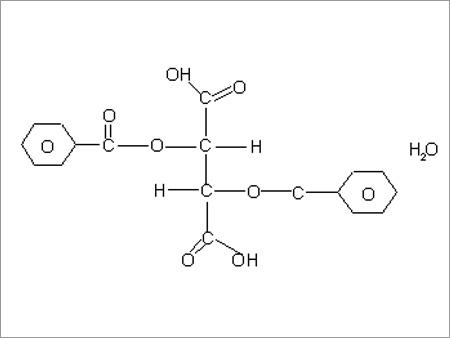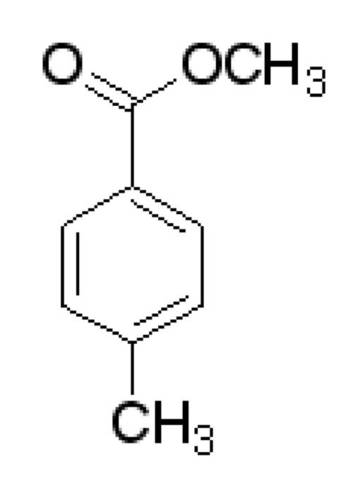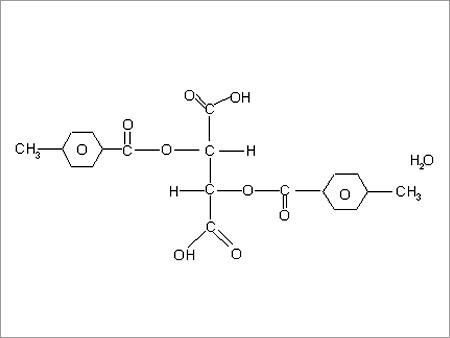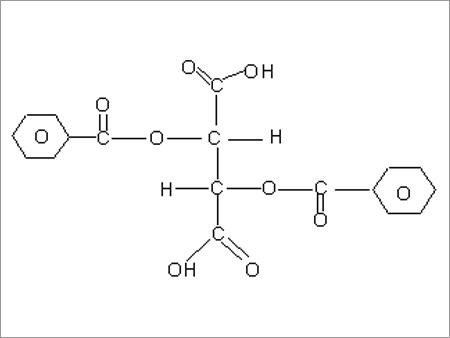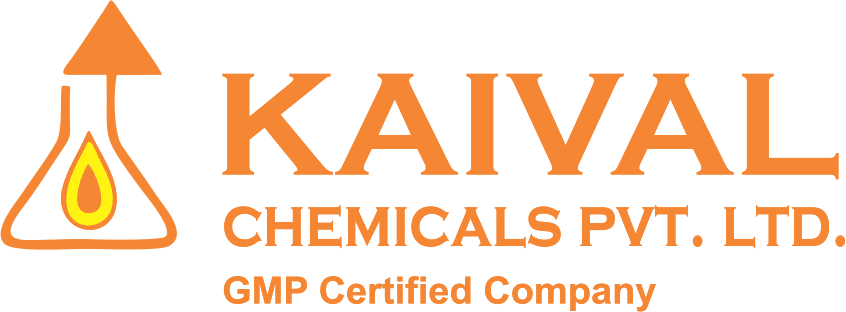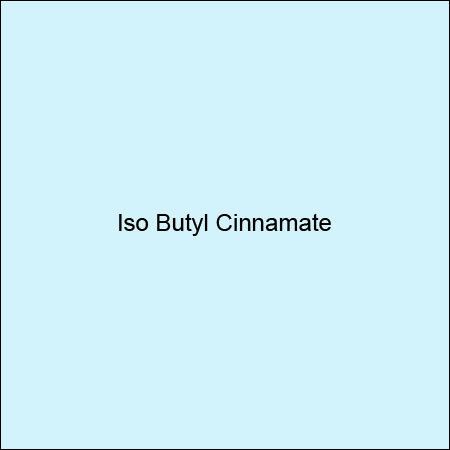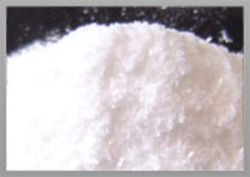
Chlorhexidine Base - Cas No. 55-56-1, Molecular Weight 505.46 | Odorless White To Pale Yellow Powder, Stable Under Ordinary Conditions
Price:
Get Latest Price
In Stock
Product Specifications
| Physical State | White powder |
| Melting Range | 132-136°C |
| Water Solubility | Slightly soluble |
| PH | 5-8 |
| Purity | 98-102% |
| Residue Ignition | <0.1% |
| Packaging | 25kg/50kg drums |
| Features | Broad-spectrum, Antiseptic, Effective, Safe, Versatile |
Product Overview
Key Features
Chlorhexidine Base
PRODUCT IDENTIFICATION:
CAS NO. 55-56-1
FORMULA [(CH2)3NHC (=NH) NHC (=NH) NHC6H4Cl]2
MOL WT. 505.46
SYNONYMS Clorhexidina Base;
Bis (5-(p-chlorophenyl) biguanidinio) hexane;
Hexamethylenebis (5-(4-chloro phenyl) biguanide);
N, N-bis (4-chlorophenyl)-3, 12- diimino-Tetraaza
tetradecanediimidamide;
1, 6-Di-(4-chloro phenyl diguanido) hexane;
1, 1-Hexamethylenebis [5-(4- chlorophenyl) biguanide];
CLASSIFICATION:
PHYSICAL AND CHEMICAL PROPERTIES:
PHYSICAL STATE White to pale yellow powder, odorless
MELTING RANGE 132 - 136 C
SOLUBILITY IN WATER slightly
pH 5 8
STABILITY Stable under ordinary conditions
SALES SPECIFICATIONS:
APPEARANCE White to pale yellow powder, odorless
% CH Base (By HPLC) 98.0% - 102%.
RESIDUE ON IGNITION Less than 0.1%
LOSS ON DRYING Less than 0.5%
PCA (parachloroaniline) Less than 500 ppm
IR Spectrum to match the reference standard
PACKING Double polythene-lined fiber drums 25kg/50kg net.
GENERAL DESCRIPTION & APPLICATIONS
Chlorhexidine is an antiseptic effective against a wide variety of gram-negative and gram-positive organisms, facultative anaerobes, aerobes, and yeast. Chlorhexidine is used as an ingredient of bacteriostatic and bacteriocidal by the activity of membrane disruption in a general purpose skin general skin cleansers, surgical scrub, germicidal hand rinses and animal disinfection products. It is used as a topical antiinfective for mucous membranes and as a preservative for eye drops. Chlorhexidine is also used as an antiseptic ingredient used in mouthwash to prevent oral plaque, oral bacteria and in treating gingivitis.
GENERAL DESCRIPTION OF ANTISEPTIC AGENT
Antiseptic agent is a substance which kills or inhibits the growth of disease-causing bacteria and other microorganisms. It is essentially nontoxic to be applied to the skin or mucous membranes. (Disinfectant including cresol, bleaching powder, and phenol is in general toxic to cells of the body). Common antiseptic agents are Benzalkonium Chloride, Cetrimide, Chlorhexidine, Hexachlorophene, Iodine Compounds, Mercury Compounds (Thimerosol), Hexamine Hippurate, Triclosan, Cetylpyridinium Chloride, And Dequalinium. Other substances which can be used for antiseptic purpose include Boric acid and volatile oils such as Methyl Salicylate.
Hexachlorophene and Benzalkonium Chloride are used primarily in hand or face washes. Benzalkonium Chloride must not be applied to areas which have not been fully rinsed as it is inactivated by organic compounds. Benzalkonium application many include disinfecting instruments and preservativing drugs in low concentration form.
Iodine compounds have the widest spectrum of antiinfectives against bacteria, fungi, spores, protozoa, viruses, and yeasts. Aqueous iodine are less effective than alcoholic solutions. Povidone iodine is convenient to use as it is less irritating, but not as effective.
Chlorhexidine is used as a safe antiseptic or disinfectant to apply to prevent body infection and in oral rinses for treating sore gums and mouth ulcers and preventing plaque on teeth. It is used in the form of acetate, gluconate or hydrochloride, either alone or in combination with others such as cetrimide.
Cetrimide is an antiseptic agent with detergent properties. It has the wide spectrum of antiinfectives against bacteria and fungi. It is used as an ingredient of shampoos for treating seborrhoea and psoriasis. A very dilute solution can be applied topically for the relief of sore gums.
Hippuric Acid, an amino acid glycine, is excreted from the body and is used in urinary system drugs. Hexamine hippurates is helpful for preventing and treating infections of the urinary system; it acts by being transformed to formaldehyde.
Triclosan is a very popular antibacterial agent. It is used in hospitals for cleansing and disinfecting the skin of patients and surgeons. It is used in cosmetics, household goods and personal care products. It is also used in plastics and textiles for antibacterial activity purpose.
Cetylpyridinium chloride is used in oral rinses for cleaning mouth and treating minor throat or mouth infections and teething problems.
Dequalinium chloride is antiinfectives against bacteria and fungi. It is used in treating bacterial or fungal infections of mouth and throat.
Company Details
Business Type
Exporter, Manufacturer, Supplier
Employee Count
50
Establishment
1995
Working Days
Monday To Sunday
GST NO
24AAACK7713P1Z9
Payment Mode
Paypal
Certification
GMP Certified
Related Products
Explore Related Categories
More Product From This seller
Seller Details

GST - 24AAACK7713P1Z9
Padra, Gujarat
Chairman & Managing Director
Mr Viral Ghadia
Members since
15 Years
Address
Block No. 489, Umraya Road, Opp. Cadila Healthcare Ltd., Village Umraya, Padra, Gujarat, 391440, India
butyl acetate in Padra
Report incorrect details








